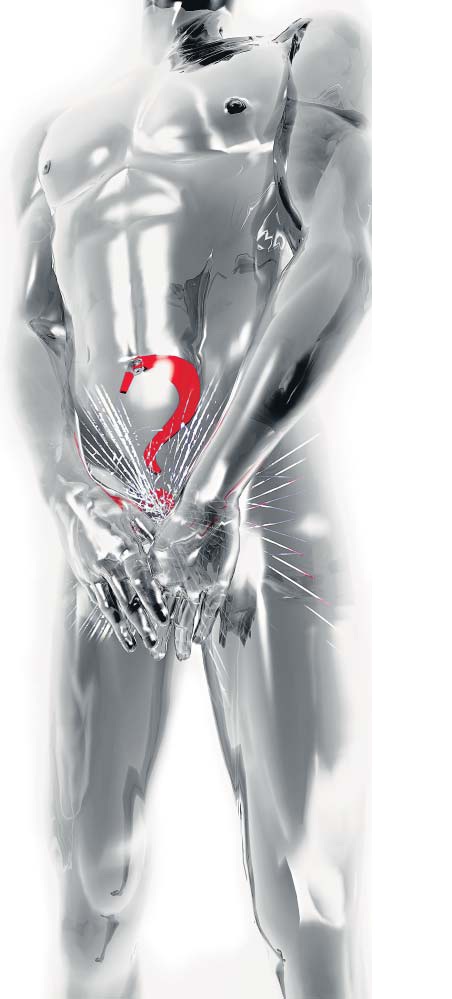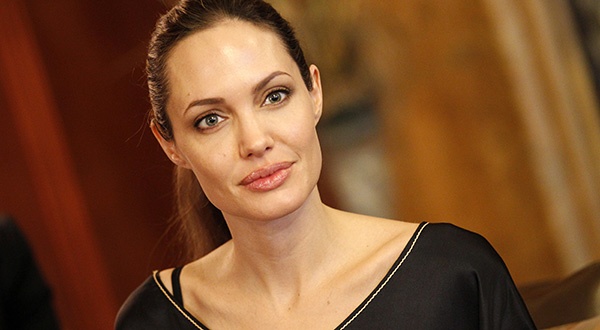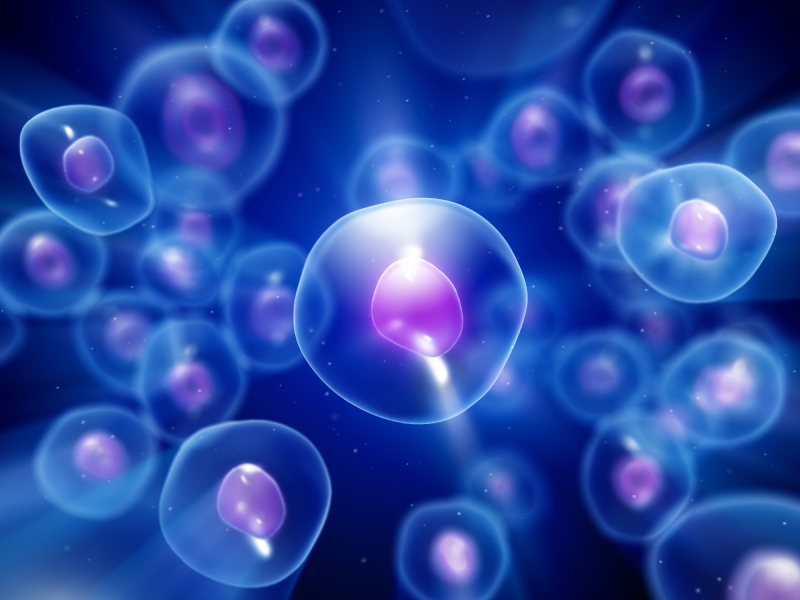The back-flap of The Nature of Cancer, 1973, merits
punctuatim repetition as a useful flashback.
There is a tremendous literature on cancer,” Bier generalized, “but what we know for sure about it can be printed on a calling card.” Scientists, it seems, have outcancered cancer: Now more people live on cancer than die of cancer.” (Arley). And yet, modern medicine has hardly anything to a cancer patient. Glemser, from his globe-trotting survey of Man against Cancer, gathered that “surgery should be avoided at all costs,” radiotherapy is obsolete, and chemotherapy is “an absolute farce.”
The Nature of Cancer
Manu Kothari &
Lopa Mehta 1973
The Harrison’s Principles of Internal Medicine a venerated Bible on internal medicine, whose first edition was in 1958, and the latest 18th edition is of 2012, comprising two massive volumes with 3160 pages and in addition an extensive 3-column index of 158 pages. We had apprised the viewers that though the famed bible of medicine have talked about various advancements in technology had agreed that early detection is a myth and " Because cancer therapies are toxic, patient management involves addressing complications of both the disease and its treatment as well as the complex psychosocial problems associated with cancer. In the short term during a course of curative therapy, the patient's functional status may decline. Treatment-induced toxicity is less acceptable if the goal of therapy is palliation." We thought of compiling the cancer scene from Dr. Kothari and Dr. Mehta's update of 2014, which is a sequel to their 2009 update from Other Face of Cancer:
 Cancer Research: "The cancer researchers Glenn Begley
and Lee Ellis made a rather remarkable claim last
year. In a commentary that analyzed the dearth of
efficacious novel cancer therapies, they revealed
that scientists at the biotechnology company Amgen
were unable to replicate the vast majority of
published pre-clinical research studies. Only 6
out of 53 landmark cancer studies could be
replicated, a dismal success rate of 11%!"....
"The list of scientific journals in which some of
the irreproducible papers were published includes
the the “elite” of scientific publications: The
prestigious Nature tops the list with ten
mentions, but one can also find Cancer Research
(nine mentions), Cell (six mentions), PNAS (six
mentions) and Science (three mentions)." [Refer www.salon.com
1/09/2013, Times of India ] Cancer Research: "The cancer researchers Glenn Begley
and Lee Ellis made a rather remarkable claim last
year. In a commentary that analyzed the dearth of
efficacious novel cancer therapies, they revealed
that scientists at the biotechnology company Amgen
were unable to replicate the vast majority of
published pre-clinical research studies. Only 6
out of 53 landmark cancer studies could be
replicated, a dismal success rate of 11%!"....
"The list of scientific journals in which some of
the irreproducible papers were published includes
the the “elite” of scientific publications: The
prestigious Nature tops the list with ten
mentions, but one can also find Cancer Research
(nine mentions), Cell (six mentions), PNAS (six
mentions) and Science (three mentions)." [Refer www.salon.com
1/09/2013, Times of India ] |
 The
Great Prostate Mistake: The cycle has turned a full
circle with the father of the PSA test, Richard
J Albin, regretting the test as a big mistake.
“I never dreamed that my discovery would lead to
such a profit-driven public health disaster. The
medical community must stop the inappropriate
use of PSA screening. Doing so would save
billions of dollars and rescue millions of men
from unnecessary treatments.”[DNA 21st March 2010]. Albin’s
honesty, candour and compassion are worthy of
the highest accolades. In an interview to New
Scientist on 17th Feb 2014 Albin reitrated
that " many men will develop prostate cancer by age 70.
If an older man has a PSA level that prompts a biopsy, it is
likely you will find cancer. Since you can't tell if it's
aggressive, many men get treated unnecessarily – and risk
life-altering side effects including impotence and
incontinence" and talking about himself "My father
was diagnosed at 67. He died a year later. I am 73. If I had
a biopsy today, there's an 80 per cent chance that I would
have prostate cancer. But the data show that at my age
treatment wouldn't extend my life, and it would be likely to
leave me with debilitating side effects". He concludes
the interview "So if you have no symptoms, no family
history of prostate cancer, and a normal digital rectal
exam, I would say, do nothing". It would interest the
readers that till today, in Mumbai and
elsewhere, PSA testing goes on regardlessly, and
surgeries, chemotherapies and drugs inflicted
viciously. A patient of ours, aged 65, has had
the misfortune of slightly higher than normal
readings of PSA and he was promptly put on
“chemotherapy” that has gifted him with
retroperitoneal lymphoma in the abdomen whereas
repeated search for prostatic cancer in him has
drawn for doctors a blank. What applies in PSA,
jolly well applies to all screening programs, to
mammography that has robbed many a women of
their prized breasts, to Pap smear resulting in
uterine mutilation and therapies and all else
have you. It has been a colossal OOOO, Oceanic
Output, O(zero) Outcome, but with much
pain,misery, penury and death. The
Great Prostate Mistake: The cycle has turned a full
circle with the father of the PSA test, Richard
J Albin, regretting the test as a big mistake.
“I never dreamed that my discovery would lead to
such a profit-driven public health disaster. The
medical community must stop the inappropriate
use of PSA screening. Doing so would save
billions of dollars and rescue millions of men
from unnecessary treatments.”[DNA 21st March 2010]. Albin’s
honesty, candour and compassion are worthy of
the highest accolades. In an interview to New
Scientist on 17th Feb 2014 Albin reitrated
that " many men will develop prostate cancer by age 70.
If an older man has a PSA level that prompts a biopsy, it is
likely you will find cancer. Since you can't tell if it's
aggressive, many men get treated unnecessarily – and risk
life-altering side effects including impotence and
incontinence" and talking about himself "My father
was diagnosed at 67. He died a year later. I am 73. If I had
a biopsy today, there's an 80 per cent chance that I would
have prostate cancer. But the data show that at my age
treatment wouldn't extend my life, and it would be likely to
leave me with debilitating side effects". He concludes
the interview "So if you have no symptoms, no family
history of prostate cancer, and a normal digital rectal
exam, I would say, do nothing". It would interest the
readers that till today, in Mumbai and
elsewhere, PSA testing goes on regardlessly, and
surgeries, chemotherapies and drugs inflicted
viciously. A patient of ours, aged 65, has had
the misfortune of slightly higher than normal
readings of PSA and he was promptly put on
“chemotherapy” that has gifted him with
retroperitoneal lymphoma in the abdomen whereas
repeated search for prostatic cancer in him has
drawn for doctors a blank. What applies in PSA,
jolly well applies to all screening programs, to
mammography that has robbed many a women of
their prized breasts, to Pap smear resulting in
uterine mutilation and therapies and all else
have you. It has been a colossal OOOO, Oceanic
Output, O(zero) Outcome, but with much
pain,misery, penury and death.
|
| The Emperor of All
Maladies:
Authored by Siddharth Mukherjee, was awarded the Pulitzer in nonfictional category in 2011, is a recent classical example of Much Media Ado Over Nothing.The book acclaimed by all media, American and otherwise, described the book as a climax in the exposure of cancer as the villain-of-the-piece and The Emperor of Maladies. The book is replete with who’s who in cancerology, where’s what in therapy, but does not have a single clue or direction vis-à-vis cancer research, diagnosis, treatment or prognosis. Mukherjee’s Emperor has neither aristocracy nor majesty but sworn malevolence towards mankind, a charge that hardly stands in the court of science. The book is at best a well-documented hagiography whose fault is that it clearly lacks in any helpful substance. We have already published a critique of the book in detail in this website, for some of our further observation CLICK HERE |
 Jolie's Double Mastectomy:Angelina, and her world-wide
followers of bilateral Amazoneanness unlike the
one-sided breastlessness of the women of Scythia,
have waged a war against the cancer that might,
given the genetic horoscope – genoscope – of
Angelina and the like, attack their breasts. They
have one-upped on rather two-upped the enemy by
throwing to winds, namely their breasts, so that
the enemy is left high and dry without some ground
to land. The action is tantamount to burning your
house to prevent thieves and buglers from breaking
in. A medical colleague of ours, in Chicago has
just given up her two breasts on the altar of
preventive mammo-oncology.
The Oscar-winner got both her breasts
removed on February 16 at the Pink Lotus Breast
Centre in Beverly Hills, California, to reduce her breast
cancer risk from 87 percent to 5 percent.
Despite her fame and constant hounding by media,
her treatment remained a secret until Tuesday,
when she herself chose to reveal about it in a New
York Times article. On behalf of the
www.cancerfundamentaltruth.com we expressed our
reactions in a blog of Times of India as follows: Jolie's Double Mastectomy:Angelina, and her world-wide
followers of bilateral Amazoneanness unlike the
one-sided breastlessness of the women of Scythia,
have waged a war against the cancer that might,
given the genetic horoscope – genoscope – of
Angelina and the like, attack their breasts. They
have one-upped on rather two-upped the enemy by
throwing to winds, namely their breasts, so that
the enemy is left high and dry without some ground
to land. The action is tantamount to burning your
house to prevent thieves and buglers from breaking
in. A medical colleague of ours, in Chicago has
just given up her two breasts on the altar of
preventive mammo-oncology.
The Oscar-winner got both her breasts
removed on February 16 at the Pink Lotus Breast
Centre in Beverly Hills, California, to reduce her breast
cancer risk from 87 percent to 5 percent.
Despite her fame and constant hounding by media,
her treatment remained a secret until Tuesday,
when she herself chose to reveal about it in a New
York Times article. On behalf of the
www.cancerfundamentaltruth.com we expressed our
reactions in a blog of Times of India as follows:It is shocking to hear that a person chopping of her breast after hearing some prediction from a doctor on possibility of developing a cancer just because her mother died of it. It is like a person committing suicide after hearing from a soothsayer that he is likely to develop a painful and dreaded disease after 30 years. The theory that bad genes is responsible for cancer is yet to be proved, and it is debatable whether cancer causes the mutation of gene or the mutation of genes (in case of Ms. Angelina Jolie its BRCA1) causes cancer? Experiments have shown that different cells in the same cancer often contain different mutation! The breast cancer issue of EHP (Environment Health and Perspective, April 1997) found that only in 2% cases of breast cancer are inherited. Various journals have reported that despite the radicalism of checkups and prevention the American death rate of breast cancers is 5 to 30 times higher than the developing countries. After taking cue from Ms Jolie there would be large queues for preventive mastectomy and health center will further flourish. By carrying out this “heroic act” Ms Jolie had not reduced her chance of not having cancer by even 0.1% (if at all she were to have it) and had she kept her breasts intact the risk of having cancer would not have increased by even 0.1% either. [Abhijit Mukherjee on behalf of www.cancerfundamentaltruth.com] |
 Oncology’s
Continuing Fiction, Follies and Frauds: Oncology’s
Continuing Fiction, Follies and Frauds: The game plan
for misleading the gullible public at large is to
resort to one or more of the following gimmicks. 1.
Diagnostic
Designs (Click
Here for details) 2.
Therapeutic and Preventive Triumphs 3. Statistical
Scare:
4. Awareness Drives (Click Here for details) 5. Media Blitz (Click Here for details) 6. Eating a Humble Pie - Hubris Humbled: The British Medical Journal of 11th February 2014 published the results of trial in a report titled "Twenty Five year followup for breast cancer incidence and mortality of the Canadian National Breast Screening Study" concluded: "Annual mammography in women aged 40-59 does not reduce mortality from breast cancer beyond that of physical examination or usual care when adjuvant therapy for breast cancer is freely available." Based on the report Times of India (13/2/2014) further reported "Dr Richard C Wender, chief of cancer control for the American Cancer Society, said the society had convened an expert panel that was reviewing all studies on mammography, including the Canadian one, and would issue revised guidelines later this year. " (Click Here for details) |